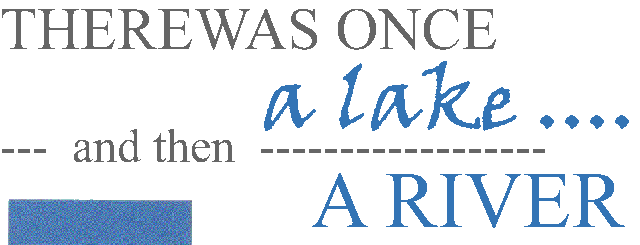
For a long time formation debate, particularly at scholastic level, has attempted to examine carefully both some theoretical reflection moments and some practical suggestions of didactic conduct. In fact, the aim of this on-going discussion is to conciliate research field with modern school formation.
All in all, the exhibition of fossils prepared by Bucine secondary school which gathered, examined and catalogued various finds satisfies the need of coordination between different skills and school practice. Thus, it contributes to narrow the gap between knowledge and behaviour.
Moreover, this precious display of fossils demonstrates how school system can transform itself into a promoter of not only cognitive knowledge and ability but also cultural products adressed to local communities.
First of all, in this way, school primarily reinvents itself to become an organization where young people’education and learning are achieved through strong connections with the external world. Secondly, it encourages dialogue with other institutions and public entities in order to make formative offer more and more personalised, up-to-date and productive.
Thirdly, we must affirm that the display came to fruition only thanks to the constant availability, professionality and enthusiasm demonstrated by teachers, non-teachers, students and their families for many years. Ultimately, we must adress a special dedication to Professor Alessandro Sacconi, creator and organizer of the entire work.
Further thanks go to the corporations and associations that contributed to the realization of Mr Sacconi’s idea.
Mario Margasini, the headmaster of Bucine secondary school
Introduction
The Palaeontologic Museum is situated at the entrance of the “Alessandro Manzoni” secondary school of Bucine and owes its existence to the growing passion that Professor Alessandro Sacconi, during his teaching period in the school, demonstrated for the territory. He started gathering fossils coming from the Upper Valdarno and its surroundings in 1976. Once collected, material was disposed in the 12 cases that still form the exhibition so that priority was given to the archaeological finds made in Bucine territory.
Through this little guide we endeavour to make the museum more “legible” to all visitors, especially those who lack expertise in archaeology, who wish to gain an in-depth knowledge of the Upper Valdarno. The Arno basin will continue to amaze both scholars and tourists owing to its large deposits rich in vegetation and animal fossils.
SOME OUTLINES OF THE GEOLOGICAL HISTORY OF THE UPPER VALDARNO.
The Upper Valdarno is considered a classic example of an inter-mountain basin by scholars for it is located between Pratomagno range (to the East) and Chianti Mountains (to the West).
Its formation and localization dates back to the beginning of Pliocene period (approximately ? million years ago). Since then, there have been three phases of continental sedimentation, alternated with as much erosion phases. The periods that mostly interest us are the sedimentation ones for it is in the sediments where fossils lie.
1st phase: in mid-Pliocene, when the sea lapped on the Chianti Mountains (thin seashells – case 3, 4, 5), in the Upper Valdarno there was a lake basin, characterized by a tropical climate (very hot and very humid). The lake (called Castelnuovo Lake) was shallow, narrow and it was also the seat of a peat-bog. This deposit was responsible of xyloid lignite formation (a kind of lignite in which the various parts that formerly shaped the original plants are still recognizable), a metal that nowadays the National Board for Electric Power has the concession to extract from the open-air mine of Santa Barbara. With reference to this sedimentary phase, the fossil findings of vegetation type are considered of paramount importance (lignite fragments and vegetation ones – case 6).
0,01 Millions of years ago |
Superior |
|
Mid-Pleistocene |
III river phase (“Bucine Sands”) |
Inferior |
II lake phase (Montevarchi Lake) |
1,8 Millions of years ago |
5,0 Millions of years ago |
Superior |
|
Mid-Pliocene |
I lake phase (Castelnuovo Lake) |
Inferior |
|
Chronological reconstruction of the sedimentation phases in the Upper Valdarno.
MORE>>